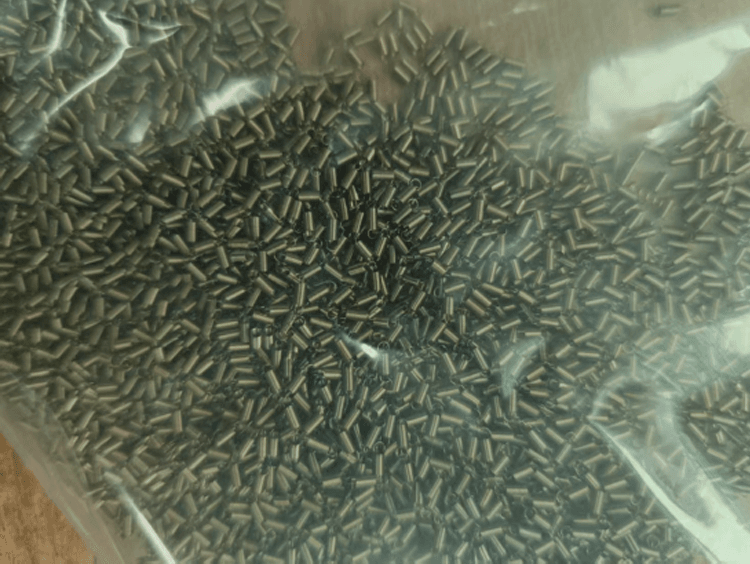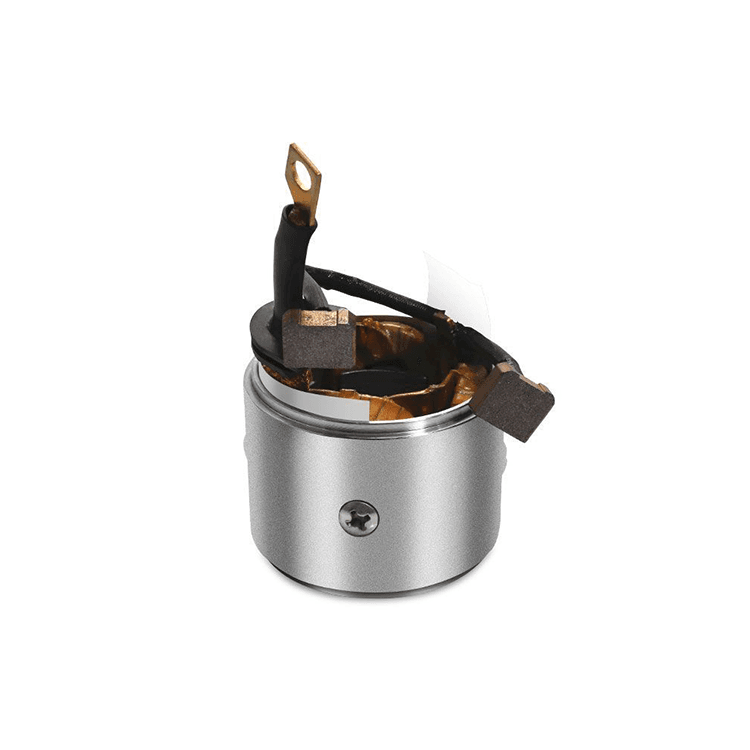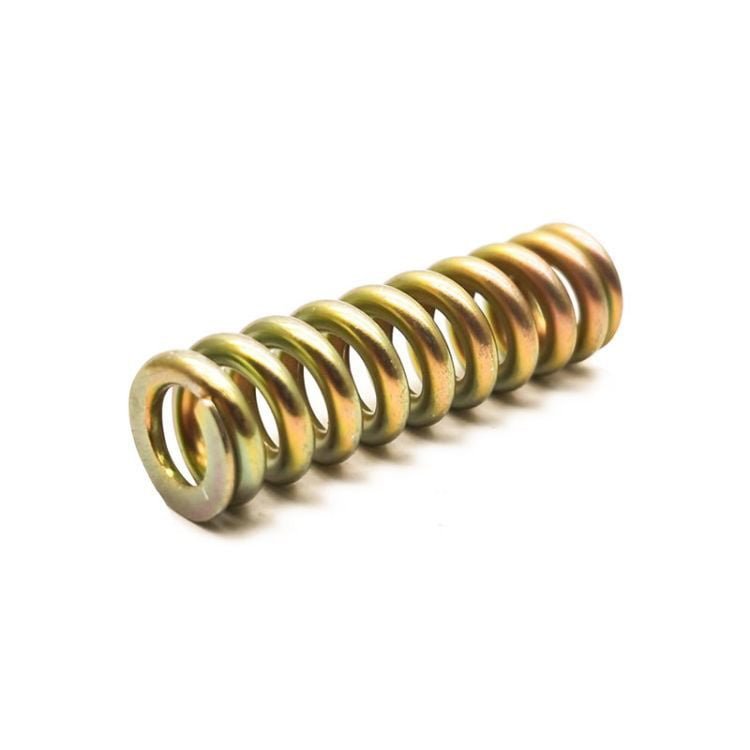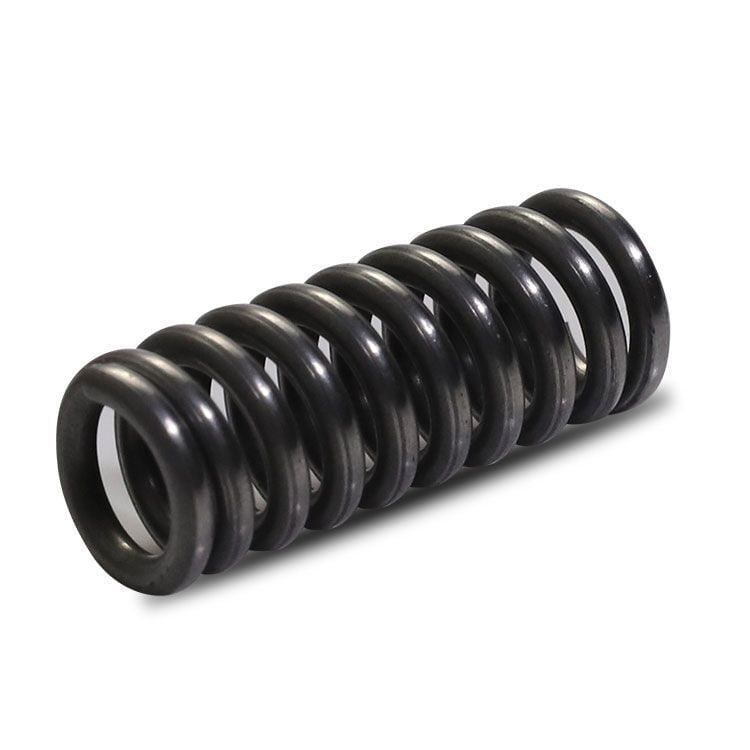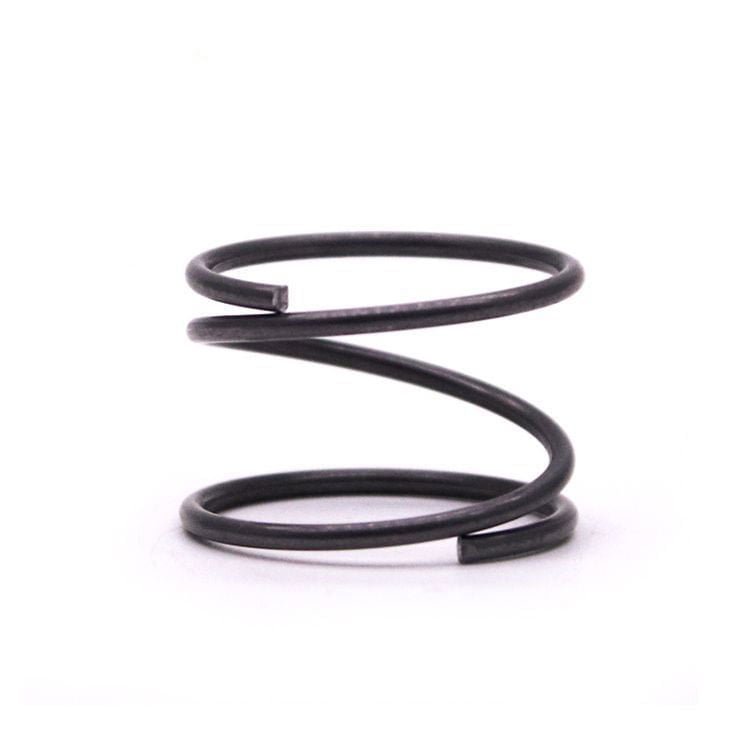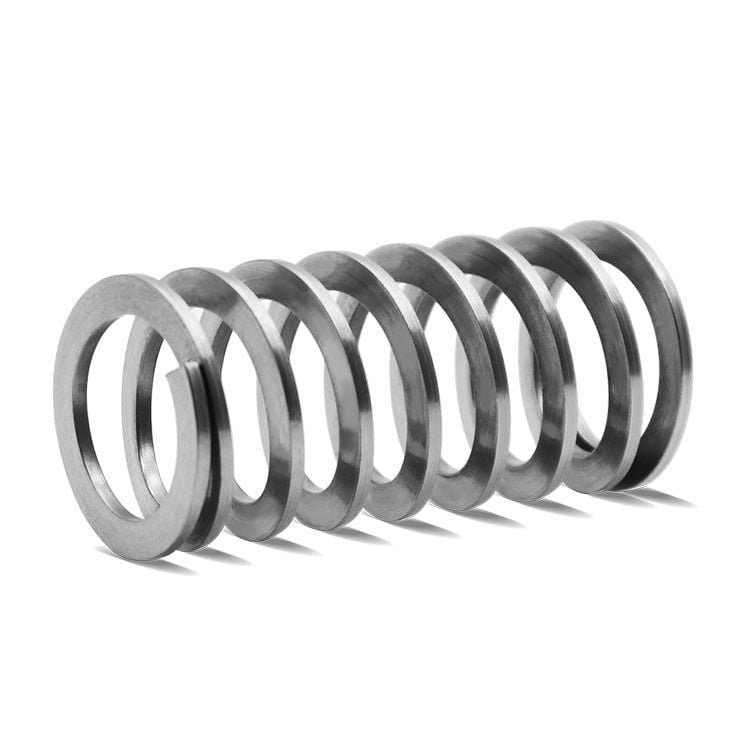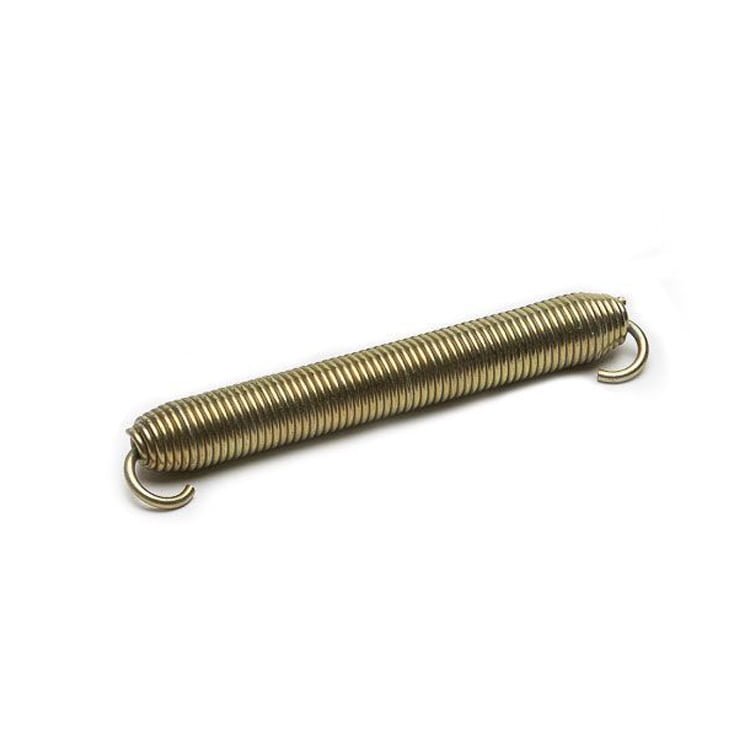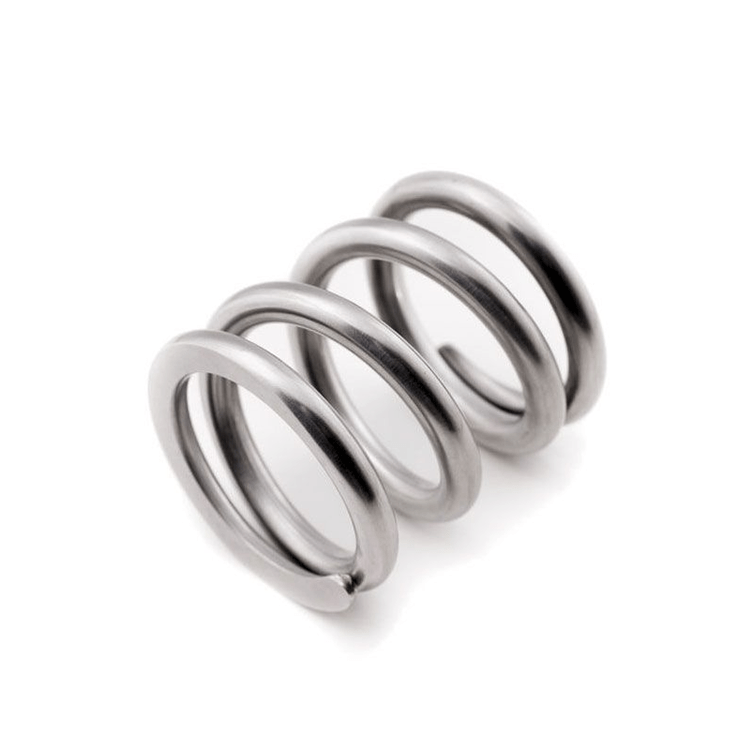Spring Black oxide surface treatment
Spring Black oxide surface treatment is a surface treatment technique used to form a dense oxide film on the surface of the spring to improve its corrosion resistance, wear resistance and appearance. The following are the general steps for the Black oxide of the spring surface:
preprocessing
Before Black oxide surface treatment, the spring must be thoroughly cleaned to remove stains, grease and other impurities from the surface. This can be achieved by mechanical cleaning, chemical cleaning or ultrasonic cleaning to ensure that the oxidant can be uniformly attached to the spring surface during subsequent treatment.
dip in
Dip in the cleaned spring in oxidizing blackening agent. Oxidizing blackening agent is usually a solution containing an oxidizing agent, such as sodium hydroxide, sodium nitrite, etc. The purpose of soaking is to allow the surface of the spring to fully absorb the oxidant and prepare for the subsequent reaction. The soaking time and temperature should be adjusted according to the actual situation to obtain the ideal blackening effect.
oxidation treatment
The soaked spring is heated to promote the chemical reaction between the oxidizer and the surface of the spring to form a dense oxide film. This process usually needs to be carried out under specific temperature and time conditions to ensure the uniformity and quality of the oxide film.
Cleaning and drying
After the spring black oxide surface treatment is completed, the spring needs to be cleaned to remove surface residues and unreacted oxidants. The spring is then dried to remove water and solidify the oxide film.
It should be noted that in the spring Black oxide surface treatment process, various process parameters should be strictly controlled, such as the concentration of the oxidizer, soaking time, heating temperature and time, etc., to ensure that the ideal blackening effect and spring performance are obtained. In addition, it is also necessary to pay attention to the safety of operation to avoid the harm caused by oxidants to the human body and the environment.

Spring Black oxide surface treatment advantage
- Improve corrosion resistance: The spring is vulnerable to chemical substances, high temperature, moisture and other environmental erosion during use, and Spring Black oxide surface treatment can improve the corrosion resistance of the spring to a certain extent, making it more durable.
- Increase the beauty of the spring: After the Spring Black oxide surface treatment of the spring, the surface appears black, which is not only beautiful, but also makes the whole spring more texture.
- Increase surface hardness: After the spring is blackened, a metal film with higher hardness is formed on the surface, which can improve the hardness of the spring and increase its ability to bear the load.
- Increase the surface friction coefficient: After the spring is blackened, the surface will form a small bulge, increasing the friction coefficient of the surface, making it more stable.
- Improve wear resistance: The processing of the spring surface by blackening will form a layer of metal film with high hardness, which can improve the wear resistance of the spring, thereby extending its service life.
In recent years, some spring manufacturers have also used room temperature blackening agents to overcome the shortcomings of the traditional blackening process and save a lot of energy. The blackening agent is blue-green concentrated liquefaction, no impurities, no odor, non-flammable, non-explosive, non-corrosive, transportation safety. Dilute the blackening agent with water. The usual dilution ratio for a black spring is about 1:5.
The operation process of the spring blackening agent is relatively simple. The process route is: degreasing, rinsing, acid discharge, rinsing, blackening (room temperature 2~5min) rinsing, water film reps for anti-rust oil. It should be noted that the oil on the spring workpiece must be completely removed, and can be oxidized by normal temperature agent after cleaning.
